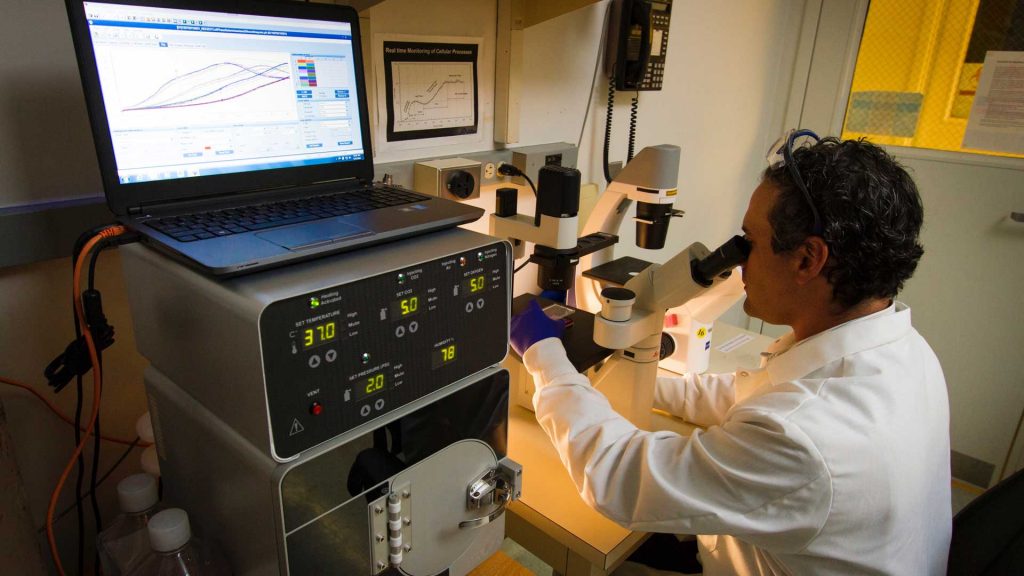Seattle, a city in the state of Washington, led the way in portable ultrasound device development. This technology has made the leap to small, handheld devices that are compatible with a smartphone. This extraordinary technology is influencing lives throughout the world, from hospitals to medical schools’ anatomy classes to even isolated battlefields. Ultrasound experts compare this phenomenon to that of smartphones or tablets in the world of computers and they think this is just the start of this amazing technology’s wonders.
Researchers are expecting this technology to be used not only for imaging but for actual treatment of diseases, too. Ultrasound has the ability to create a force field similar to a ‘tractor beam’ in order to move objects around inside of the body, and this process is non-invasive. Researchers have already incorporated AI to these machines and now they have the potential to become automated tools for diagnosis.
From Bulky to Small
For decades, ultrasound devices used to be big, bulky machines that were a moving hazard. More than two people needed to push them if they wanted to move them from one room to another. That situation is changing rapidly. While it’s still not possible to replace all the big ultrasound machines, nowadays some ultrasound machines can be held in the palm of our hands. This is one way to compare them to smartphones or tablets. Because smartphones and tablets are also computers and computers used to be big but now we can keep them in our pockets.
Pacific Northwest Is On the Lead
Seattle has been the leader for a long time in the ultrasound field. They have also played a big role in the making of portable ultrasound devices. Although new and exciting portable devices come from the East and all around the world, the Pacific Northwest is still a leader with having leading ultrasound machine manufacturers like Philips, SonoSite, etc.
How Portable Devices Can Help
About two decades ago, the laptop version of ultrasound devices entered the market and started to slowly replace the big bulky ones. This 10-pound laptop ultrasound can be very useful in say, a battlefield where the medics don’t have the means to bring big machines and can use the laptop ultrasound to detect internal bleeding. To fight some problems, e.g. pneumothoraces, the unusual presence of air between the wall of the chest and the lungs, handheld ultrasound seems to be the ideal choice.
Some handheld ultrasound devices are compatible to work with your smartphones. They can show the medical images on the phone and use the Wi-Fi to transfer those images to the PACS or DICOM system.
Conclusion
Honestly, regardless of how easy it is to use portable ultrasound device and how handy they are in emergency situations, they are a long way to replace their larger counterparts. Portable devices are useful for quick checkups or therapeutic uses but a patient who needs a full-body ultrasound still needs a larger ultrasound device that has more functionalities. But with the way technology is advancing and now with AI, the portable ultrasound will be more seen in the coming years.


